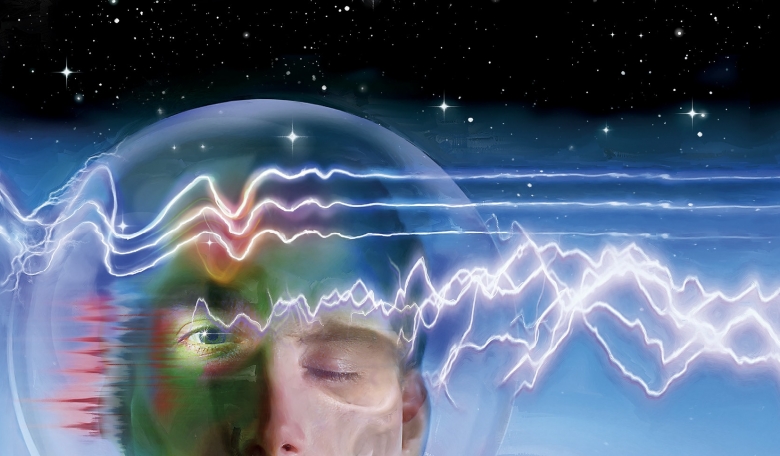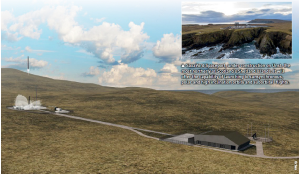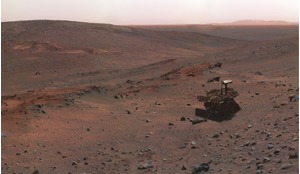The world is at an ambitious juncture in the history of human space exploration. International space agencies and a number of private companies are aligned to go back to the Moon and then onwards to Mars. But there are still considerable challenges to confront and we know that many of these relate to human health - the longer the duration of a mission, the more impact on the body’s physiology. So, as we stare further and further into space, we also have to find ways to adequately measure and counteract the potentially dangerous impacts of radiation.
Space radiation is the number one risk to astronaut health on missions beyond low Earth orbit (LEO) and, with a host of long term and deep space missions being actively planned and developed, it is becoming increasingly important to characterise and measure radiation and its potential effects on future human explorers.
Space radiation is complex, mission-dependent and dependent on solar activity. In essence, the parameters are likely to be different for every mission. Space radiation can be divided into three distinct categories: particles trapped in the Earth’s magnetic field; particles shot into space during solar flares (solar particle events); and galactic cosmic rays, which are high-energy protons and heavy ions from outside our solar system.
Radiation carried by the solar wind is considered to be low hazard. It produces a constant flux of low energy electrons, protons and alpha particles which are effectively nullified by the shell of a space vehicle. Solar particle events are a matter of concern, however. A solar flare, for example, can deliver a hazardous high flux burst of high energy protons over one or two days.
Galactic cosmic radiation, composed of protons and alpha particles as well as heavy ions, still needs significant research. As a continuous flux it can be critically hazardous and currently we don’t have a complete solution for stopping it.














